The BMW i8
From vision to icon, from bestseller to future classic

Six years after its debut, the BMW i8 will end its product life cycle, destined for the “Hall of Fame” of BMW sports cars. The BMW i8 started its worldwide success story as a unique symbiosis of futuristic design and pioneering technology, and was the first plug-in hybrid paving the way for driving pleasure that was as dynamic as it was sustainable. It laid the foundation for the BMW Group’s now broad range of plug-in hybrid models, even as it developed into the world’s most successful sports car with an electrified drive system with more than 20 000 units sold since 2014.
Already an enticing prospect for the future of individual mobility, the BMW Vision EfficientDynamics was a concept study presented at the International Motor Show (IAA) in Frankfurt in 2009, representing the promise of combining hallmark BMW driving pleasure and inspiring design with pioneering sustainability. The study of a 2+2-seater sports car with gull-wing doors, a reinterpretation of the typical BMW design language, plug-in hybrid system and four-wheel drive that is entirely geared towards aesthetics and efficiency, met with an overwhelming response.
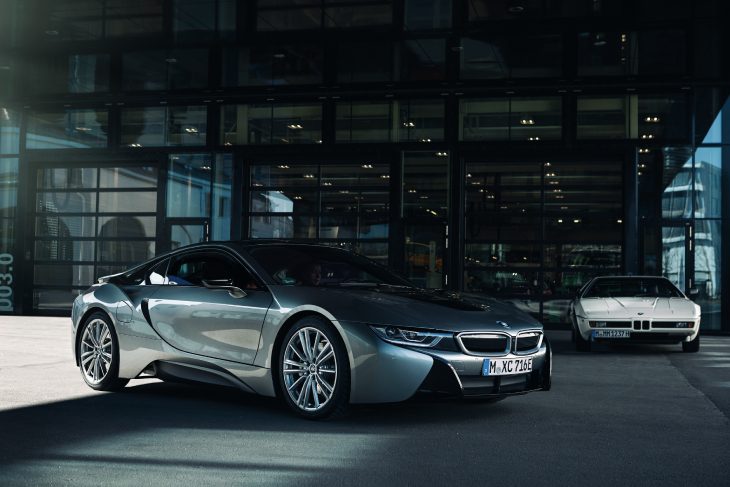
A pioneer and flagship for driving pleasure with plug-in hybrid technology, the BMW i8 is also the world’s first sports car developed with sustainability in mind right from the outset. In particular, new paths were forged with the BMW i specific vehicle architecture and the plug-in hybrid system. The vehicle concept of a 2+2-seater, the aerodynamically optimised design, the intelligent lightweight construction and the innovative drive concept were aimed at resolving the contradiction between dynamics and efficiency that prevails in conventional automotive engineering. As a result, the BMW i8 offers the driving performance of a top-class sports car – combined with the average fuel consumption of a small car.
The control of its plug-in hybrid system was designed both for dynamic power delivery and for the most efficient interaction of the two engines. The combustion engine with BMW TwinPower Turbo technology transfers its power to the rear wheels. The electric motor drives the front wheels. The result is a hybrid-specific all-wheel drive with a noticeably positive influence on traction, agility and driving stability. The combined drive torque of both engines unleashes inspiring performance characteristics in the style of a high-performance sports car.
Driving dynamics and efficiency are also enhanced by the LifeDrive architecture typical for BMW i. The design principle of the BMW i8 was completely and exclusively geared to a plug-in hybrid drive from the ground up.
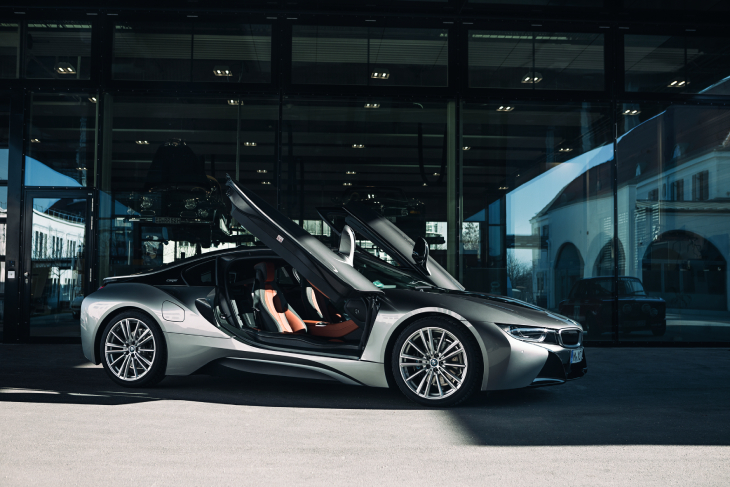
An innovation leader
The progressive character of the BMW i8 was also evident at first glance in the expressive yet aerodynamically optimised design of its exterior. Its dynamic sports car proportions and the gull-wing-like doors that swing open to the front still attract attention today. The flat front end, the almost completely closed BMW kidney grille, air curtains in the front apron, the covered underbody, contoured side skirts, the lines of the side section known as Stream Flow, and the air ducts between the rear lights and the roof frame also allow the wind to be directed in a targeted manner.
Materials selection for the interior and in the production of the BMW i8 was focused greatly on sustainability. The leather surfaces of the seats and instrument panel was tanned with an extract of olive tree leaves. The starting material for the textile materials comes from recycled PET, among other things.
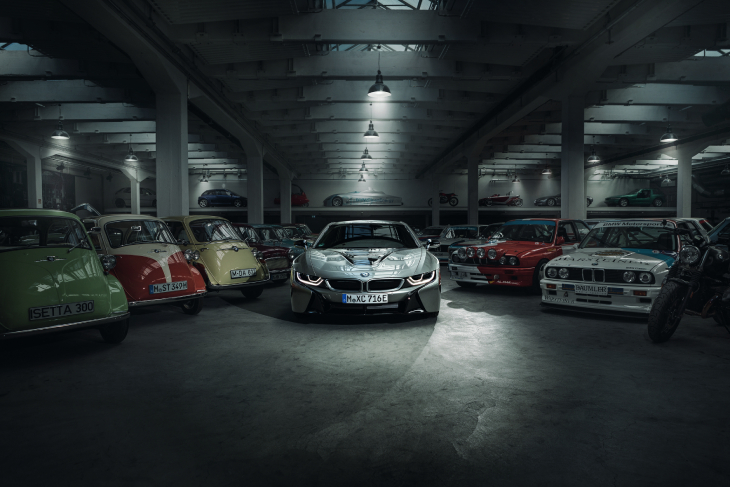
The holistic sustainability concept characteristic of BMW i vehicles covers the entire value chain. Not only is the proportion of recycled plastics exceptionally high, most of the aluminium used in the BMW i8 is also either obtained by recycling or produced using regenerative energy.
In the field of drive technology, a new 3-cylinder petrol engine with BMW TwinPower Turbo technology was used for the first time. The 1.5 litre engine was characterised both by a particularly compact design and an exceptionally high specific power output.
A real winner
The BMW i8 impresses sports car fans and experts time and again. Five times in a row between 2015 and 2019 its plug-in hybrid drive won at least one title at the world-renowned “Engine of the Year Award”. In addition, the vehicle concept and technology of the BMW i8 have been awarded numerous other awards too many to name.
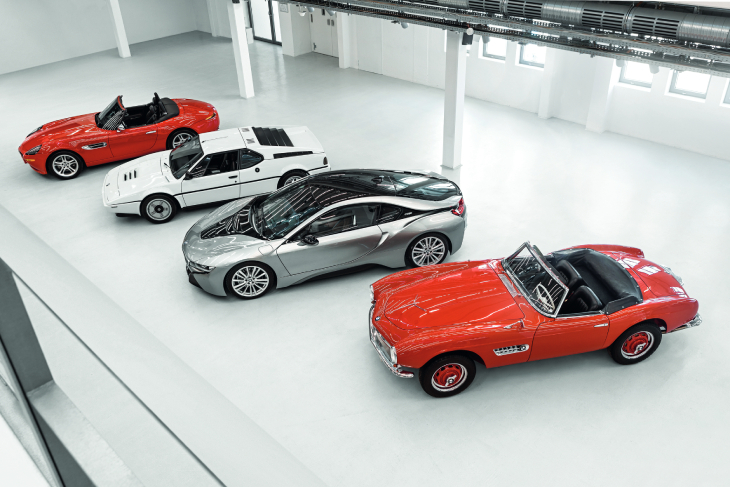
Trendsetting luxury and exclusivity
The BMW i Pure Impulse Experience programme created for the BMW i8 is unique in the world, engaging customers in extended dialogue, providing owners with exclusive access to visionary personalities as well as extraordinary cultural and travel experiences.
The exclusive edition models of the BMW i8 also added a further flair of individuality, characterised by unique design features that make them a sought-after rarity. An example is the BMW i8 Protonic Frozen Yellow Edition, which will remain the most exclusive edition worldwide with around 100 units.
20,000 units sold, a milestone in the making
The Leipzig plant is currently producing the 200 vehicles of the limited Ultimate Sophisto Edition of the BMW i8. The 20 000th unit of the plug-in hybrid model was manufactured in December 2019. With this production volume, the BMW i8 has already outstripped many a legendary BMW sports car by far. Its sales figures are well ahead of classics such as the BMW M1, of which only 399 units were produced for road use, and also ahead of the BMW Z8 roadster, which was built around 5,000 times.
For years it has held more than 50 per cent global market share for sports cars with an electrified drive, and the BMW i8 will be able to maintain this leading position until the middle of April 2020. Then the bestselling plug-in hybrid drive will have finally achieved the status of “classic of the future”, as declared by readers of “Auto Bild Klassik” just a few months after its launch in 2014.
More posts

CANADIAN DREAMS, GOLFING IN CABOT CAPE BRETON
22 Mar 2024
RESILIENT CATLIN WINS INTERNATIONAL SERIES MACAU PRESENTED BY WYNN AFTER HARD-FOUGHT BATTLE WITH PUIG
22 Mar 2024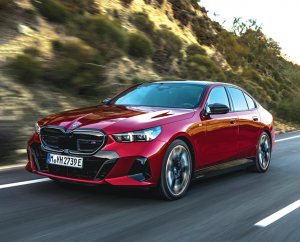
ELECTRIC PAIRING
20 Mar 2024
